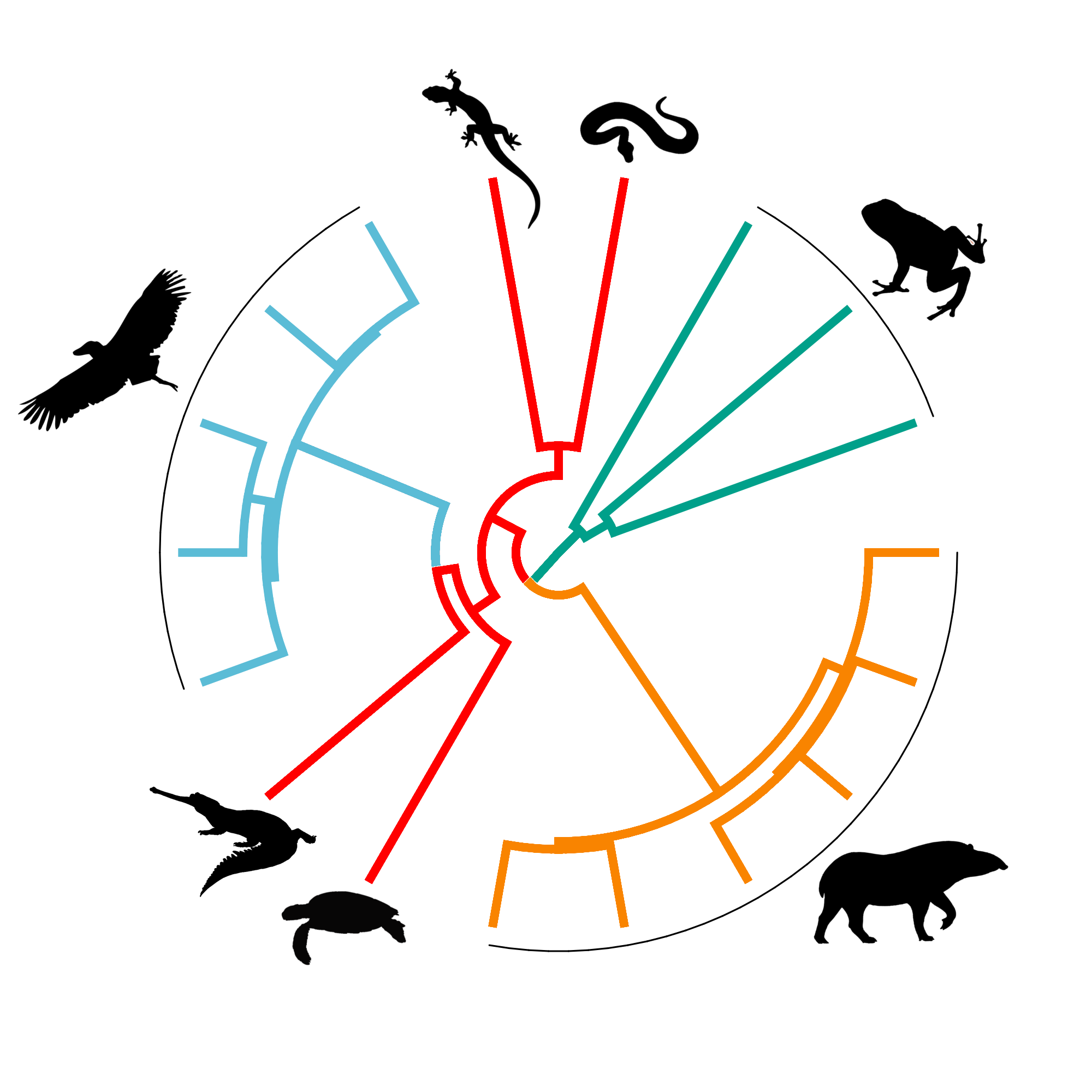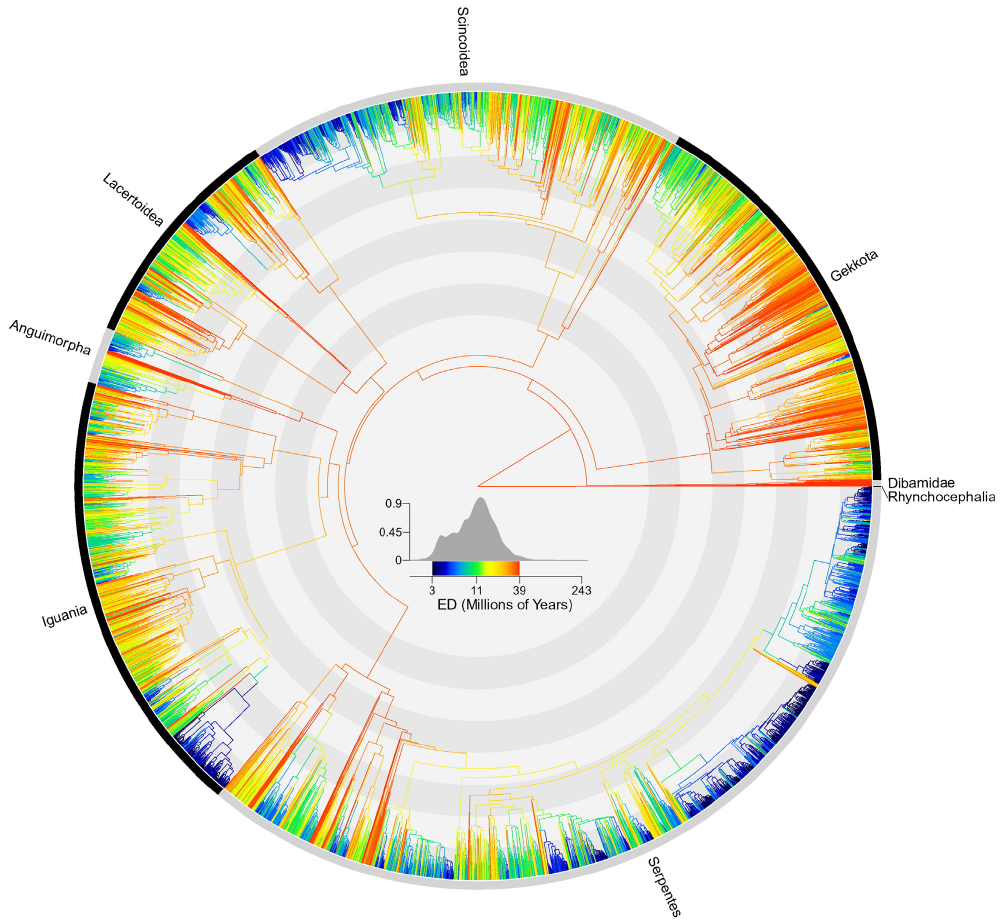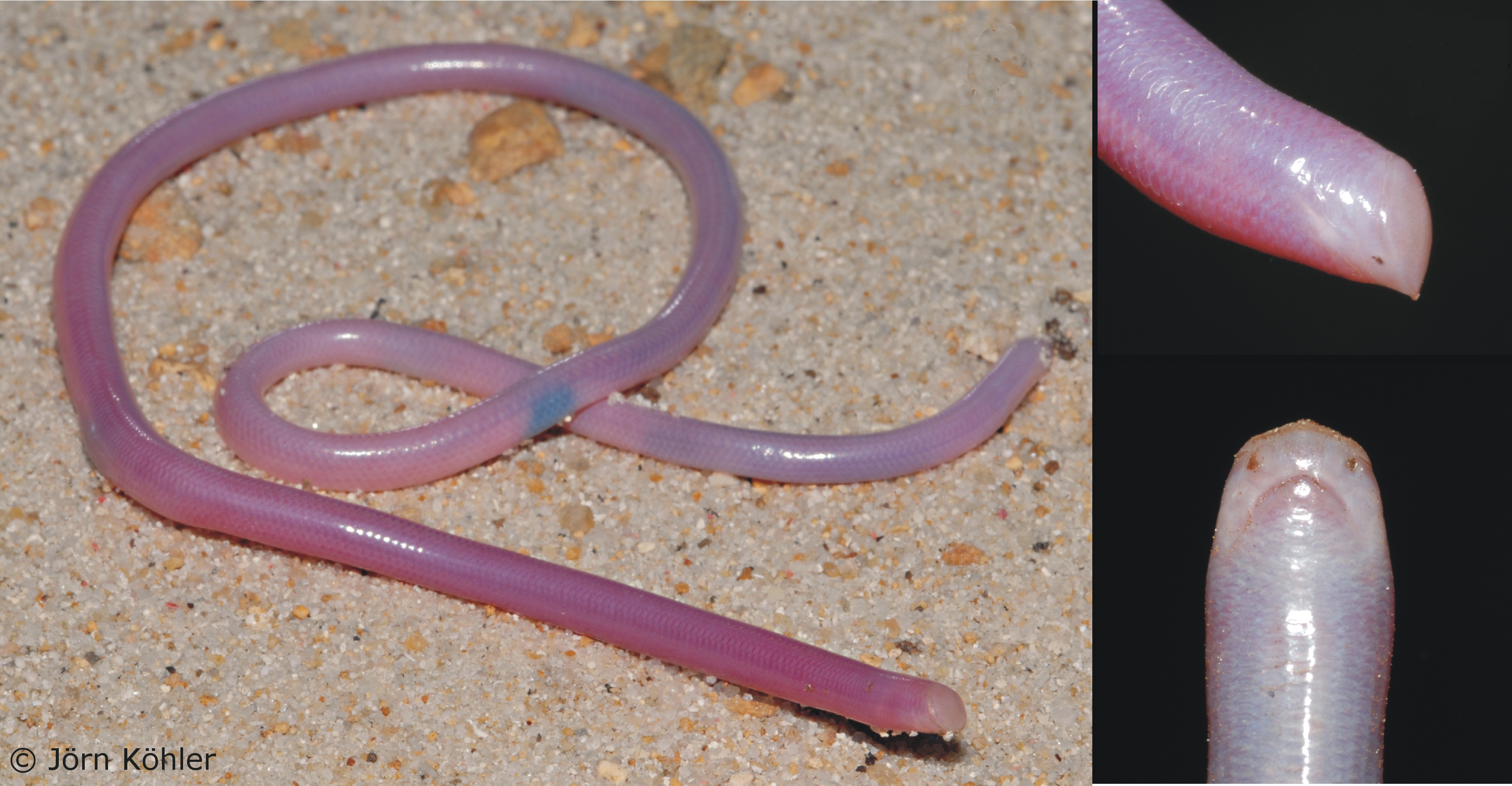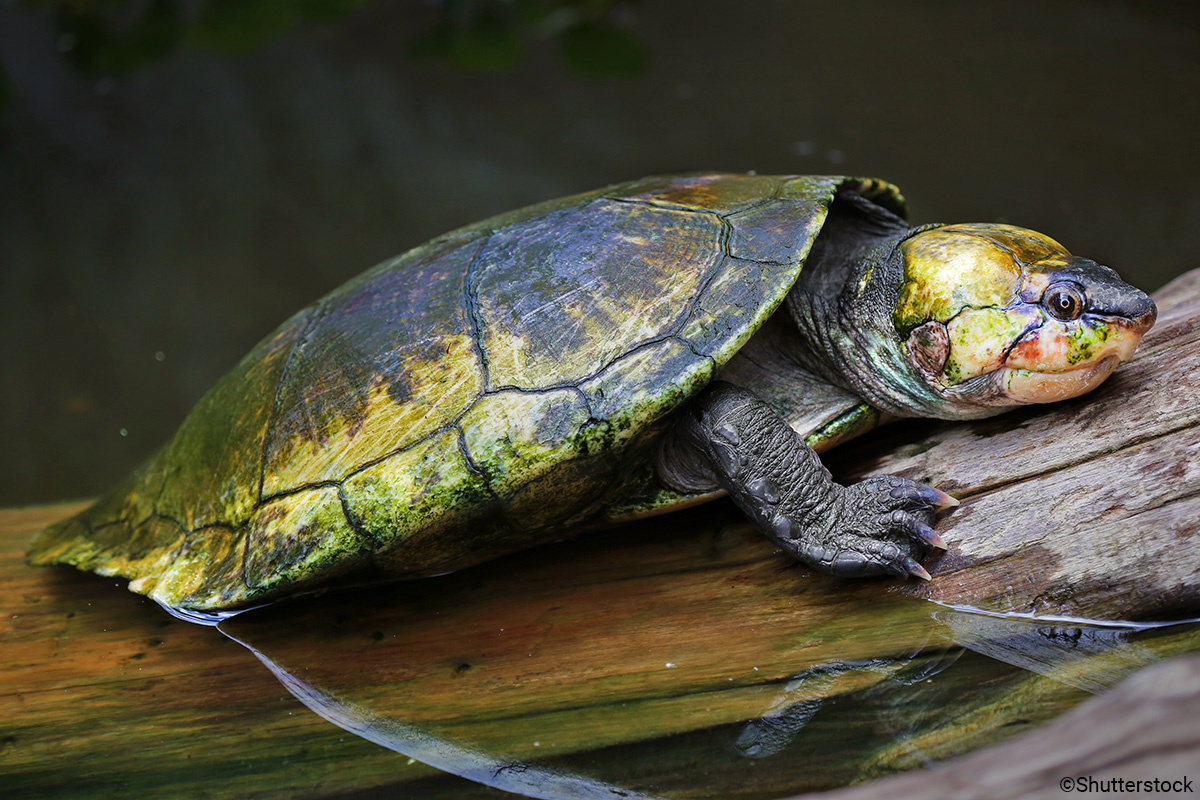From turtles that breathe through their genitals to chameleons the size of your thumbnail, EDGE Reptiles are some of the world’s most weird and wonderful creatures.
Reptiles—comprising crocodiles, lizards, snakes, turtles and the tuatara—are a unique and diverse clade, varying in appearance and behaviour more widely than amphibians, birds and perhaps even mammals. In fact, reptiles are not really a ‘clade’ at all. This is because, despite all reptiles sharing a common ancestor some 280 million years ago, the term ‘reptiles’ does not include another group also descended from this common ancestor: birds.
Birds are nested within the reptiles and are actually more closely related to crocodiles and turtles than are snakes and lizards. Still, as we consider birds to be a separate group, reptiles account for more species (~10,700) than amphibians (~7,700) and mammals (~5,500), and a similar number of species to birds (~11,100).

Despite this huge diversity, reptiles continue to be overlooked when it comes to conservation. For example, a smaller proportion of reptiles have had their extinction risk assessed by the International Union for the Conservation of Nature (IUCN) Red List than amphibians, birds and mammals, with around only 57% having been assessed. This lack of conservation knowledge and action is especially worrying when we consider estimates that around one in five reptiles are threatened with extinction and another one in five are too poorly-known to be assessed.
An EDGE prioritisation for reptiles
Given our lack of understanding of reptilian extinction risk, and therefore what species to target as conservation priorities, it is unsurprising that reptiles receive less conservation attention than birds or mammals. The first EDGE List, created more than 10 years ago, identified the 100 most Evolutionarily Distinct and Globally Endangered mammals. The EDGE approach combines the Evolutionary Distinctiveness (ED) and Global Endangerment (GE) scores to identify the world’s most evolutionarily unique and threatened species. At that time, mammals were the only group for which such a prioritisation was possible. First, a complete evolutionary tree—required for EDGE to calculate the ED of each species—had recently been published for all species. Second, their extinction risks had been comprehensively assessed by the IUCN Red List, with their Red List category (from Least Concern to Critically Endangered) forming the GE component of the EDGE score.
In the intervening years, EDGE Lists have been created for amphibians, birds, and even corals. However, it was not until recently that an EDGE prioritisation for reptiles could even be considered. The publication in 2016 of a complete evolutionary tree of all lizards, snakes and the tuatara meant that, along with a virtually complete evolutionary tree for crocodiles and a partial tree for testudines (turtles and tortoises), there were now enough evolutionary data to meaningfully estimate the ED scores of all reptiles.

These advances in our understanding of reptilian evolutionary relationships inspired researchers from ZSL’s EDGE of Existence programme and and Imperial College London to create the world’s first EDGE prioritisation for reptiles. The team built on previous EDGE research to develop a novel and simple technique for accurately estimating ED scores for all reptiles from the available data, even those species missing from the evolutionary trees.
Despite the lack of Red List assessments, it was still possible for the researchers to calculate EDGE scores for more than 4,200 reptiles. This comprises all reptiles assessed by the Red List that have not been designated ‘Data Deficient’, meaning we do not know enough about the species to accurately assess its extinction risk.

Following the calculation of EDGE scores, the researchers identified a subset of priority species, called EDGE Species, which embody greater than average ED for reptiles and are threatened with extinction. When ranked, these species provide a list of priority EDGE Reptiles for conservation, the Top 100 of which are now presented here.
The Top 100 EDGE Reptiles comprise some of the most weird and wonderful species in the history of the EDGE of Existence programme, all of which may be lost forever without targeted conservation. From a minuscule blind snake known only from a tiny stretch of Madagascan coastline, which spends its life burrowing through sandy soil in search of insect prey, to the world’s largest freshwater turtle, the Asian narrow-headed softshell.

The number one EDGE Reptile, the Madagascar big-headed turtle, is a strange-looking turtle found only in Madagascar. This species appears to have large plates of gold armouring its oversized head, and lives alone on a long branch of the tree of life, having split from all other living species more than 80 million years ago. This was over 15 million years before the extinction of its close relatives the dinosaurs! Unfortunately, as with most EDGE species, this Critically Endangered turtle faces extinction and is under threat from hunting for food by local people and loss of its native habitat.

Sadly, many of the Red List assessments for Top 100 EDGE Reptiles are in urgent need of updating. Range maps are not available for the majority of freshwater turtles on the list, and the true conservation status of numerous species may now be much worse than when previously assessed.
Click here to view the Top 100 EDGE Reptiles.
Click here to download the latest EDGE Reptile List and all reptile ED scores.
The EDGE Reptile List follows the taxonomy of The Reptile Database.
For methodology and original EDGE Reptile List:
Gumbs R., C. L. Gray, O. R. Wearn and N. R. Owen. 2018. Tetrapods on the EDGE: Overcoming data limitations to identify phylogenetic conservation priorities. PLOS ONE. http://journals.plos.org/plosone/article?id=10.1371/journal.pone.0194680